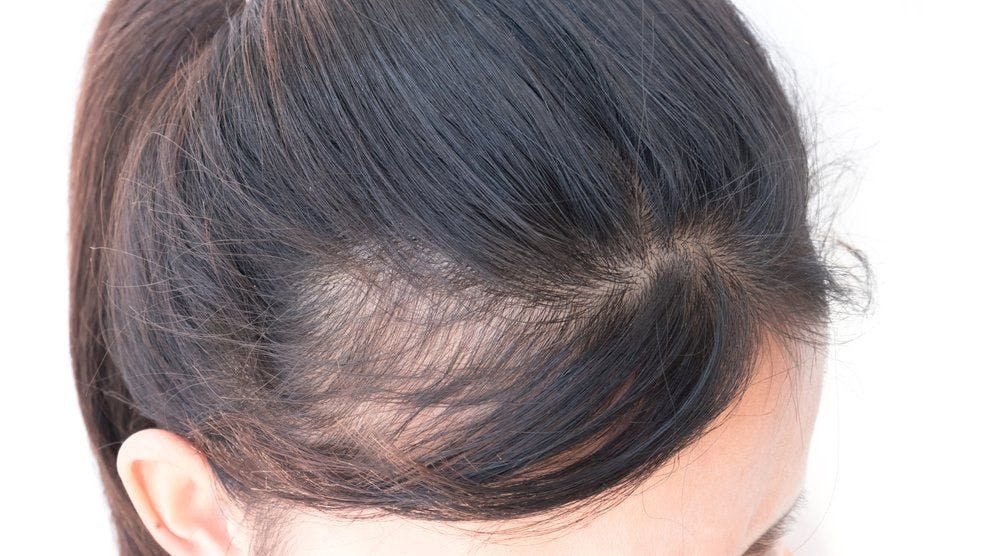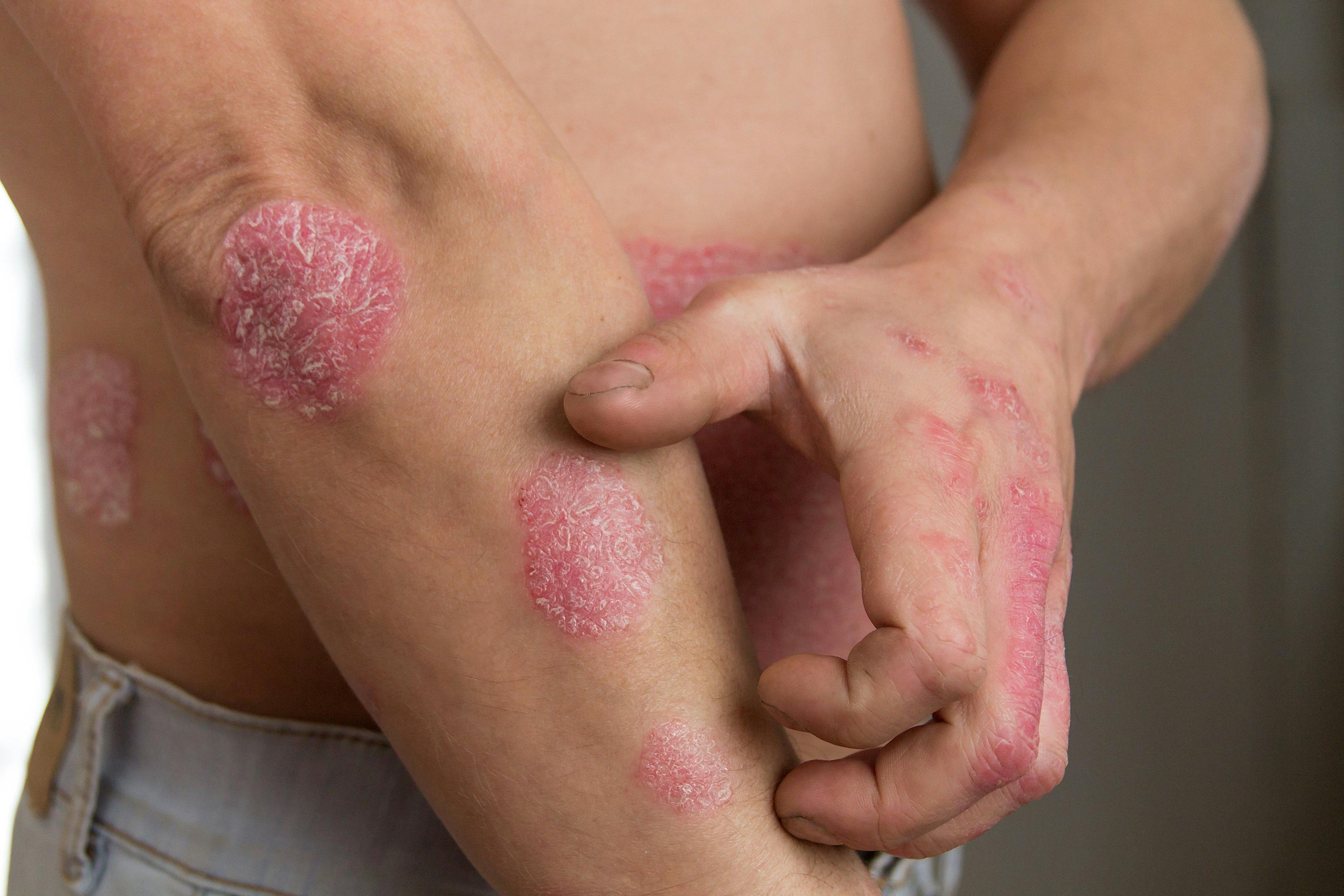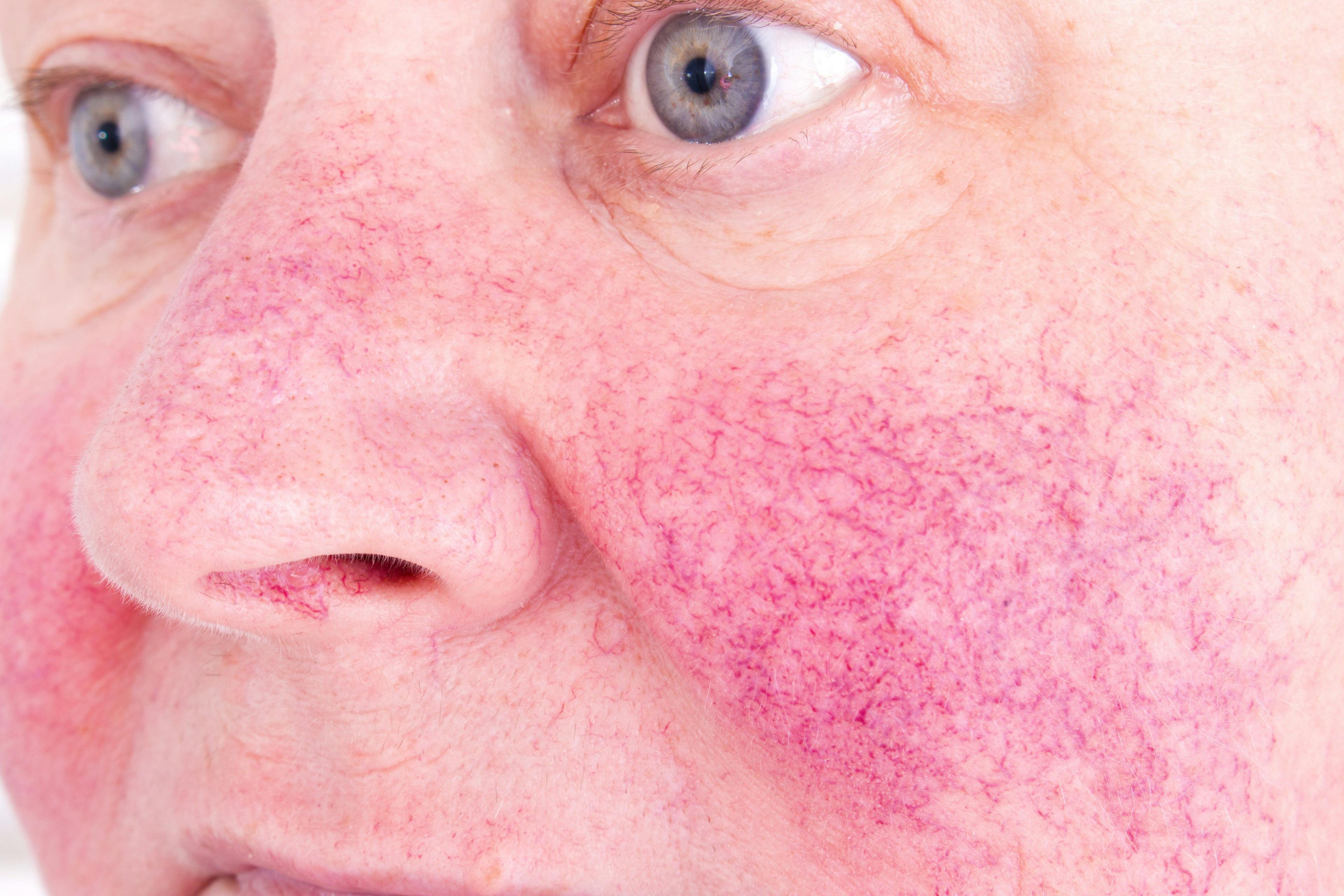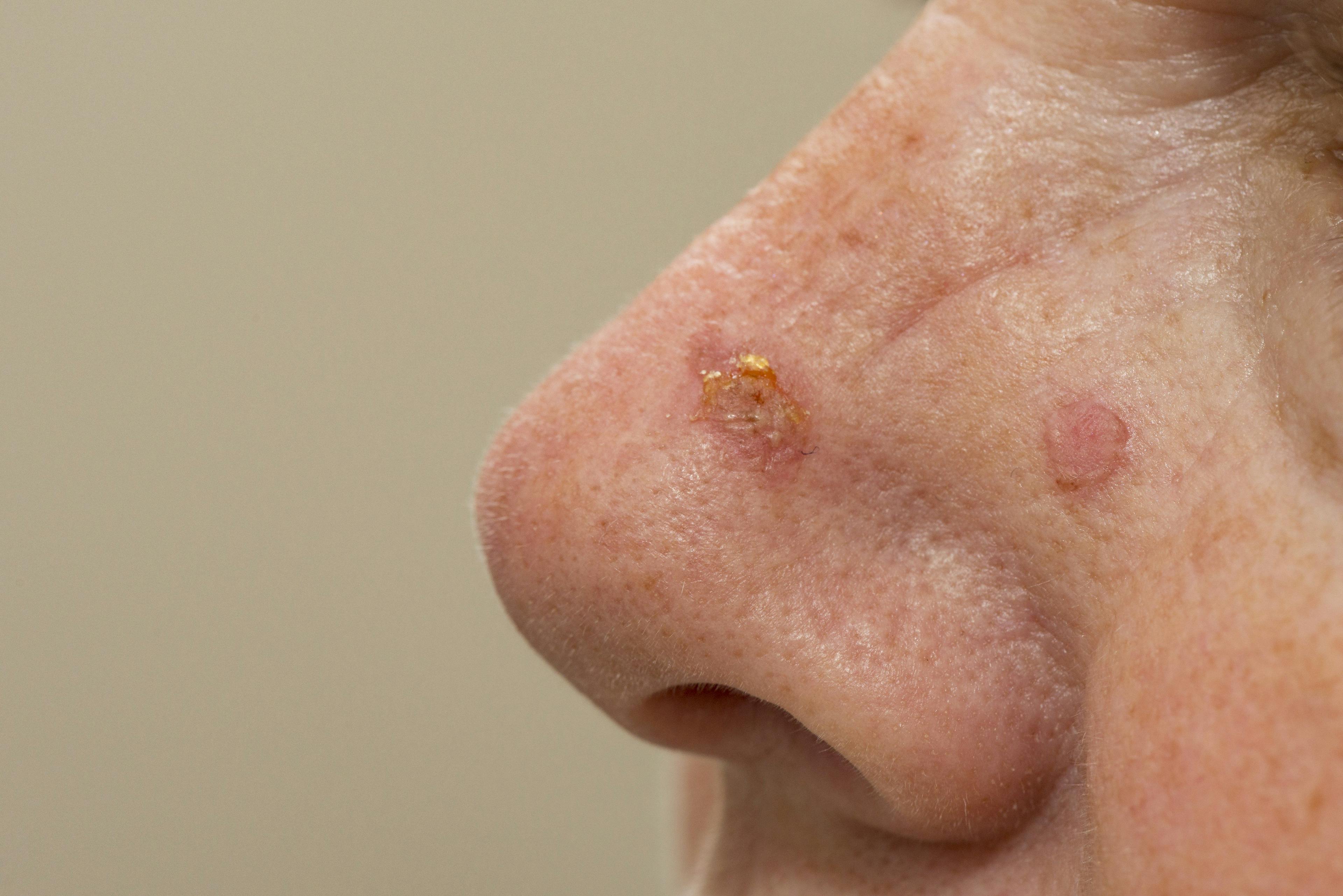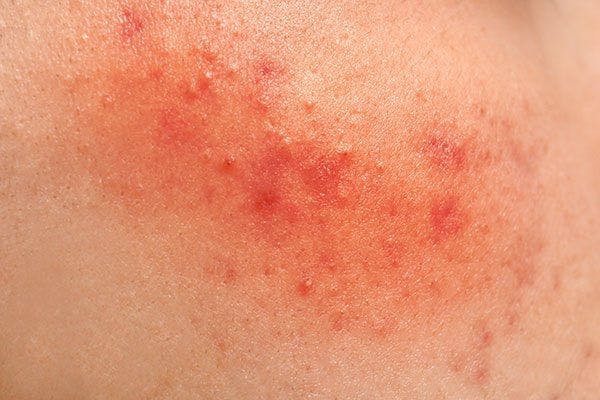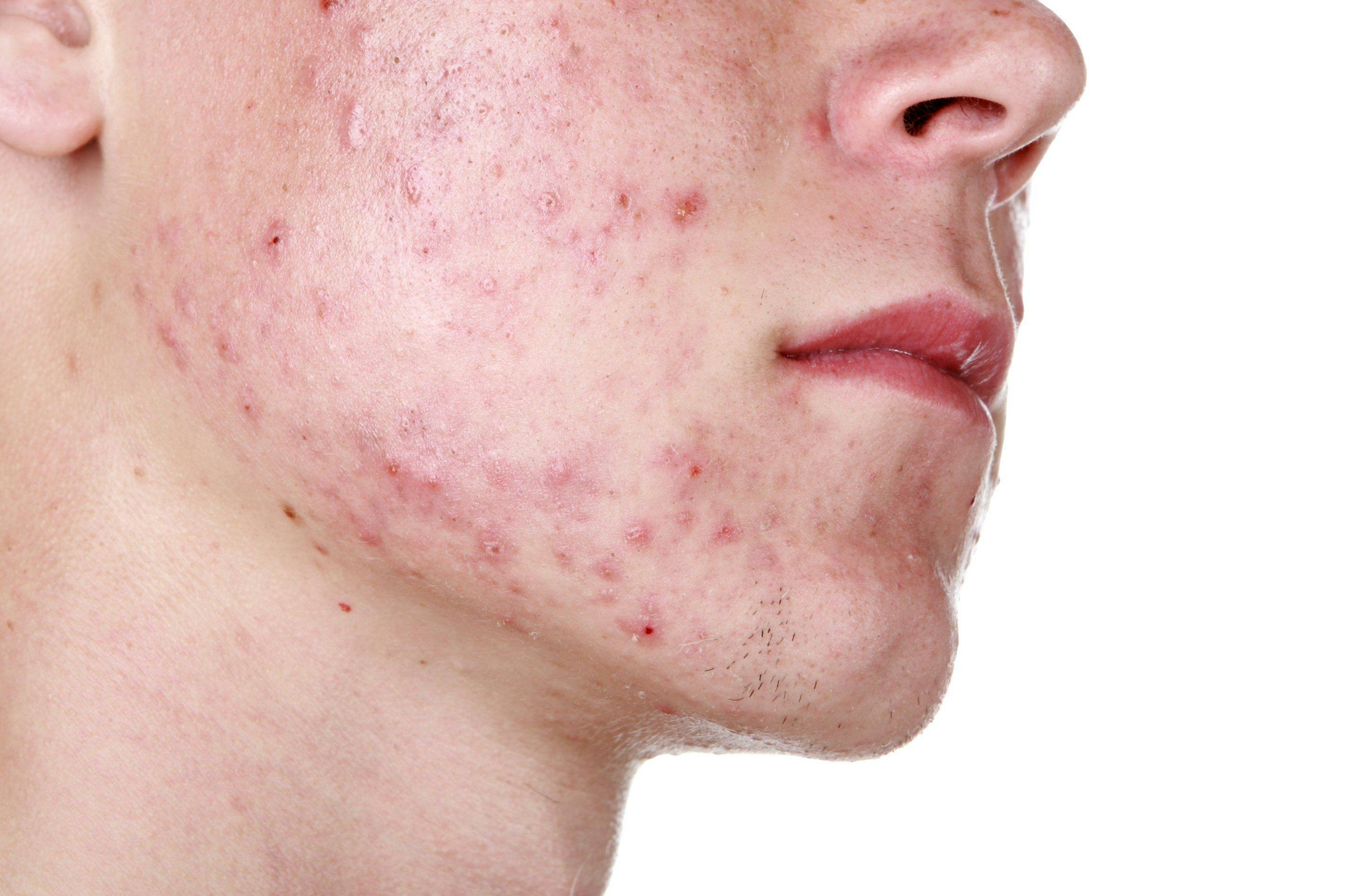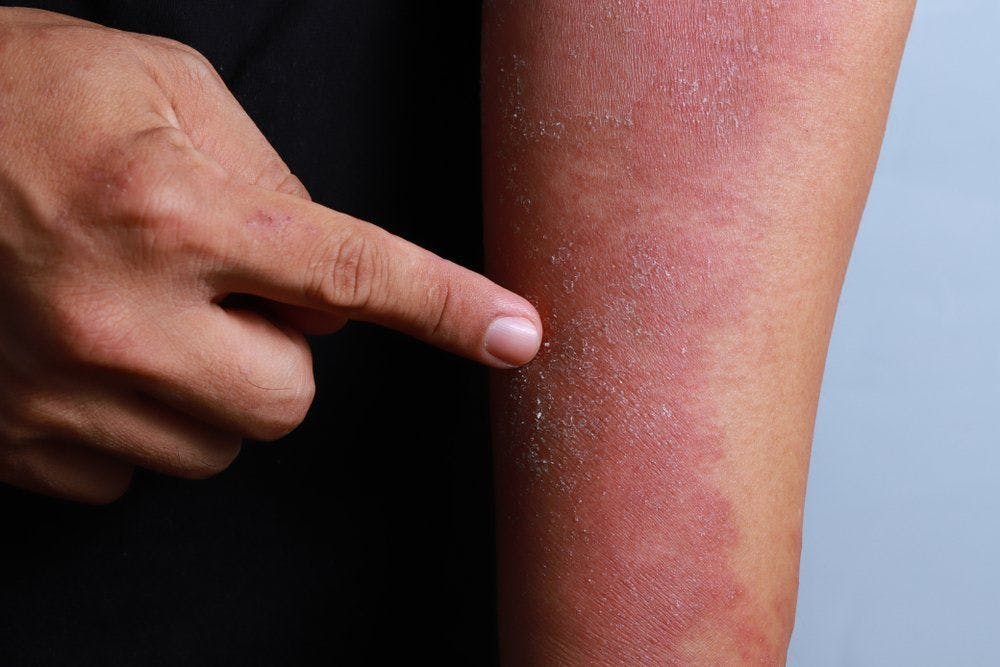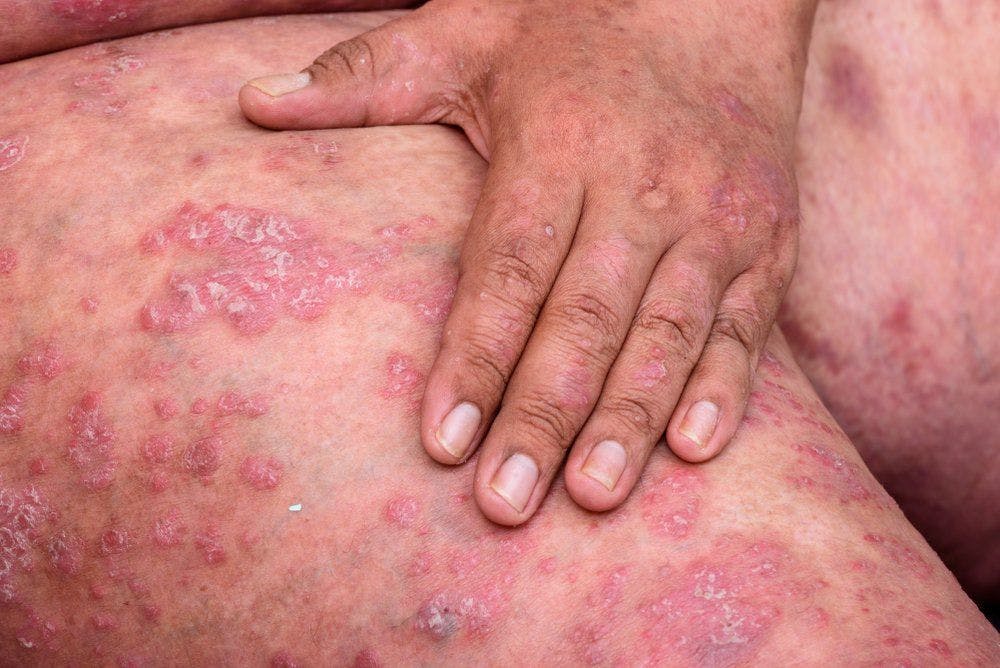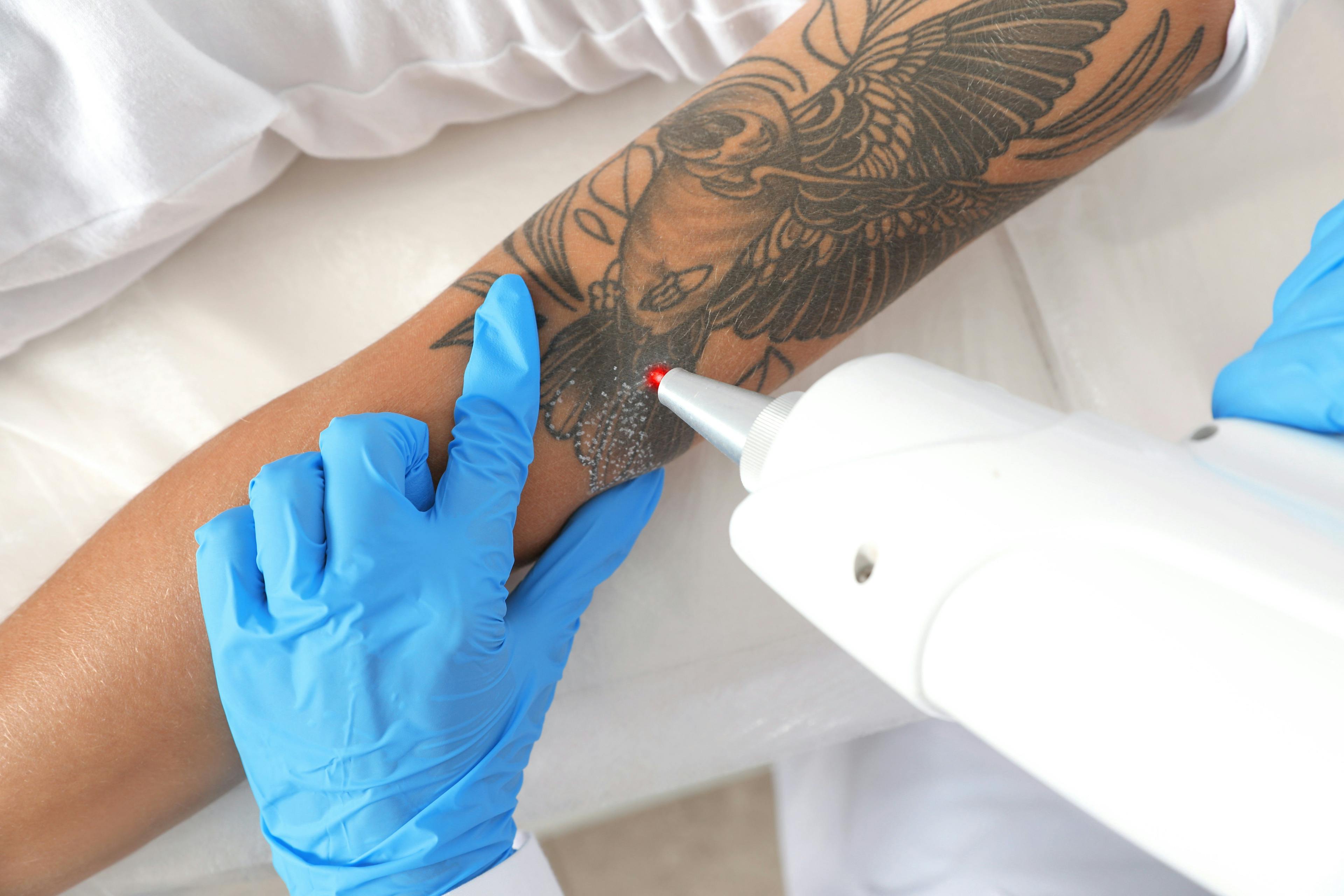- Acne
- Actinic Keratosis
- Aesthetics
- Alopecia
- Atopic Dermatitis
- Buy-and-Bill
- COVID-19
- Case-Based Roundtable
- Chronic Hand Eczema
- Chronic Spontaneous Urticaria
- Drug Watch
- Eczema
- General Dermatology
- Hidradenitis Suppurativa
- Melasma
- NP and PA
- Pediatric Dermatology
- Pigmentary Disorders
- Practice Management
- Precision Medicine and Biologics
- Prurigo Nodularis
- Psoriasis
- Psoriatic Arthritis
- Rare Disease
- Rosacea
- Skin Cancer
- Vitiligo
- Wound Care
Publication
Article
Dermatology Times
Molecular study highlights drug differences in atopic dermatitis
Author(s):
A recent meta-analysis confirms cyclosporine as the most effective atopic dermatitis (AD) treatment at the molecular level, although dupilumab achieves broad cutaneous changes beyond those expected with specific Th2 inhibition.
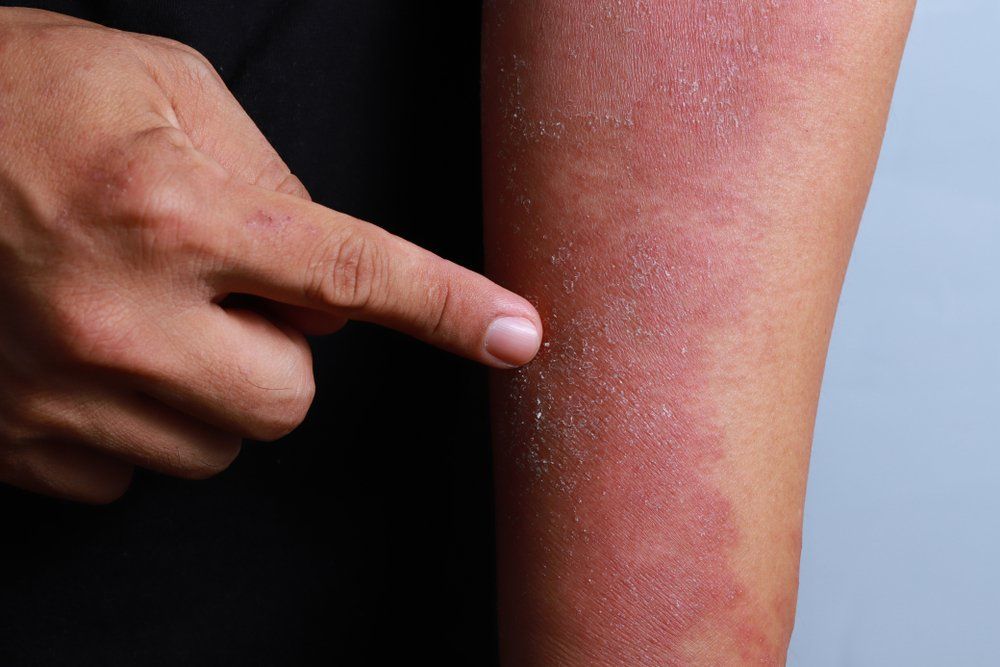
Dr. Guttman-Yassky

A recent meta-analysis confirms cyclosporine as the most effective atopic dermatitis (AD) treatment at the molecular level, although dupilumab (Dupixent, Sanofi Genzyme and Regeneron Pharmaceuticals) achieves broad cutaneous changes beyond those expected with specific Th2 inhibition. Focusing on biomarkers moreover may facilitate future development of personalized medicine in AD, authors add.
RELATED: Dupilumab safe for adolescents with atopic dermatitis
Unlike in psoriasis, says study co-author Emma Guttman-Yassky, M.D., clinical trials in AD typically produce high placebo response rates. However, she says that instead of focusing solely on clinical response, examining changes in immune and barrier mechanisms in skin - as the meta-analysis did - provides a more objective, granular picture of the differential effects of specific drugs. She is the Clara Kest professor and vice chair of dermatology at the Icahn School of Medicine at Mount Sinai in New York.
While differences in clinical response between placebo and drug may be minimal in some studies, she says, tissue responses can vary significantly.
“This tells us that for early, small proof-of-concept studies, it’s very important to incorporate biomarkers when companies need to make a decision of go or no go. This way you can ascertain whether your drug is doing what it’s supposed to do compared to placebo,” she says.
For the meta-analysis, investigators included only trials in which Human Genome U133 Plus 2.0 gene arrays (Affymetrix) were available from lesional and/or non-lesional skin of patients with AD treated with broad or specific targeting agents. Overall, cyclosporine showed the highest improvements in AD-related gene signatures, significantly outperforming all other drugs/placebos in most gene subsets (i.e., upregulated and downregulated meta-analysis-derived AD/MADAD transcriptomes, immune genes, epidermal differentiation and lipid genes, negative regulators and Th1/Th17/Th22/interleukin-22-regulated genes; P<0.01).
However, dupilumab showed the highest overall improvement in Th2-specific genes (median 205%), while significantly outperforming other drugs and placebos at week 16 in terms of MADAD, immune genes, negative regulators and Th2 genes (P<0.05).
Study data also illuminate the relative improvement achieved by different treatments in various immune and barrier mechanisms, highlighting the unique advantages of targeting a particular axis. Targeting the Th22 axis with fezakinumab (an anti-IL-22 monocolonal antibody, Pfizer), for instance, produced major improvement in genes related to barrier dysfunction, but only modest improvement in inflammatory signatures.
RELATED: Atopic dermatitis patients need better disease control
Along with giving a more granular view of how particular treatments perform clinically, says Dr. Guttman, the study’s approach helps researchers ascertain mechanistically which immune pathways and biomarkers are relevant for each trial.
“Atopic dermatitis is very complex. It has both barrier and immune abnormalities. And it is important to understand how each of the drugs is affecting the immune abnormalities and barrier abnormalities, and what are the differences between them,” she says.
The meta-analysis allows researchers to compare different drugs and their effects in AD - not only versus placebo, but against different drugs even though the studies were done at different times and locations, Dr. Guttman adds.
“This paper showed that some drugs are good at affecting specific immune abnormalities. Some other drugs may not be as good at addressing immune abnormalities, but they are as good or even better at improving the barrier defects of atopic dermatitis.”
In the future, she says, optimal treatments might require a combination of drugs - some that will have more effect in inhibiting the immune abnormalities and some that will improve the barrier.
“It’s very important for us as dermatologists to understand and compare the effects of various drugs on barrier abnormalities and effects on different immune axes that characterize atopic dermatitis,” she says.
RELATED: Atopic dermatitis pipeline full of potential
The foregoing approach may facilitate future development of personalized medicine in AD by identifying optimal treatments for individual phenotypes based on immune and barrier profiles, says Dr. Guttman. For example, a patient with Th2-driven disease may primarily benefit from dupilumab, whereas a patient with high Th2 and Th1 involvement may benefit more from JAK inhibition.
Disclosures:
Dr. Guttman has received research funds (grants paid to Mount Sinai) from Abbvie, Almirall, Amgen, AnaptysBio, Asana Biosciences, Boerhinger-Ingelhiem, Celgene, Dermavant, DS Biopharma, Eli Lilly, Glenmark, Galderma, Innovaderm, Janssen, Kiniksa, Kyowa Kirin, Leo Pharma, Novan, Pfizer, Ralexar, Regeneron, Sienna Biopharma, UCB, and Union Therapeutics. She is also a consultant for Abbvie, Almirall, Amgen, Arena Pharmaceuticals, Asana Biosciences, AstraZeneca, Boerhinger Ingelhiem, Cara Therapeutics, Celgene, Concert, DBV, Dermira, DS Biopharma, Eli Lilly, EMD Serono, Escalier, Galderma, Glenmark, Kyowa Kirin, Leo Pharma, Mitsubishi Tanabe, Pandion Therapeutics, Pfizer, RAPT Therapeutics, Regeneron, Sanofi, Sienna Biopharma and Union Therapeutics.
References:
Glickman JW, Dubin C, Han J, et al. Comparing cutaneous molecular improvement with different treatments in atopic dermatitis patients. J Allergy Clin Immunol. 2020 Jan 16. pii: S0091-6749(20)30039-7. doi: 10.1016/j.jaci.2020.01.005. [Epub ahead of print]
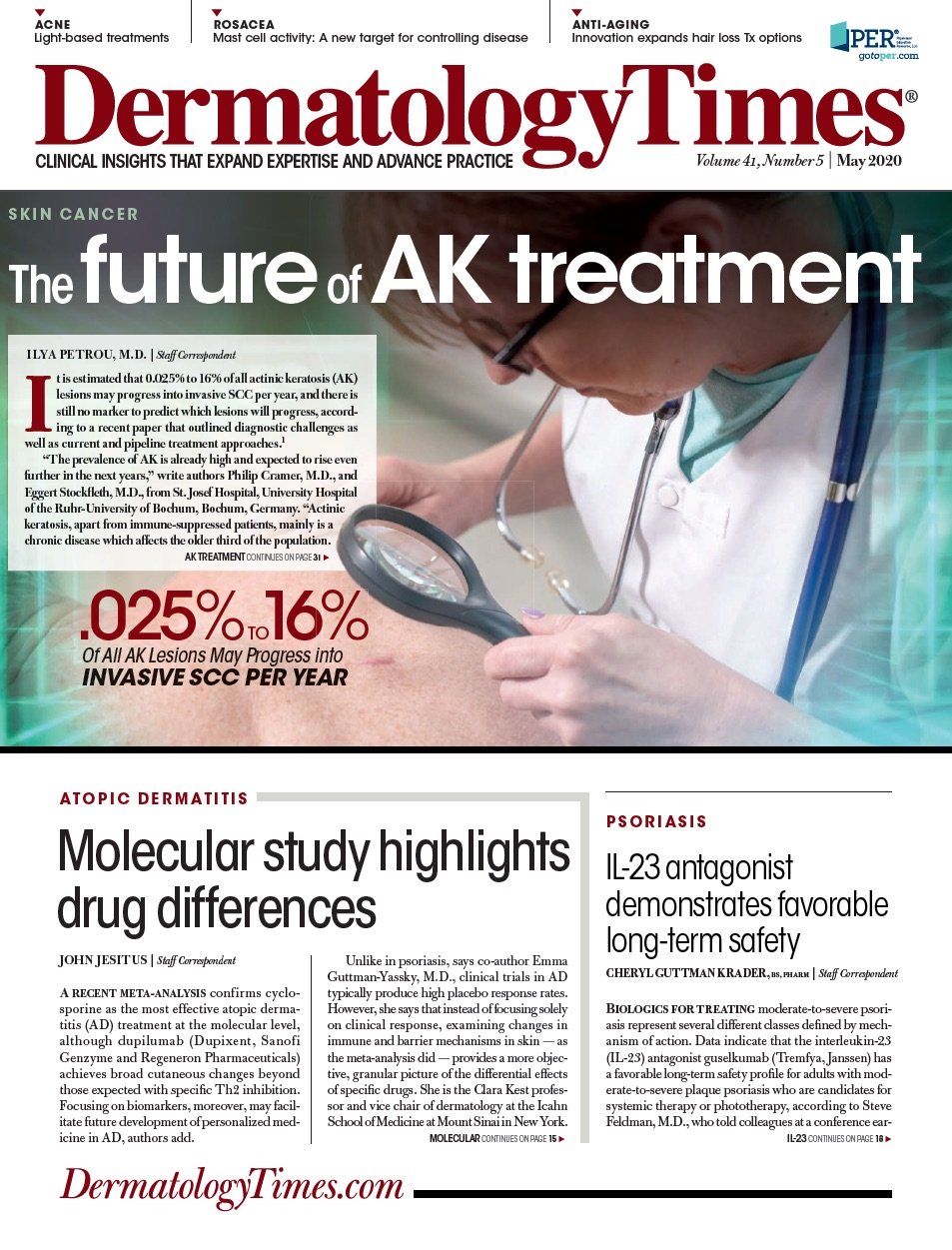
Newsletter
Like what you’re reading? Subscribe to Dermatology Times for weekly updates on therapies, innovations, and real-world practice tips.

